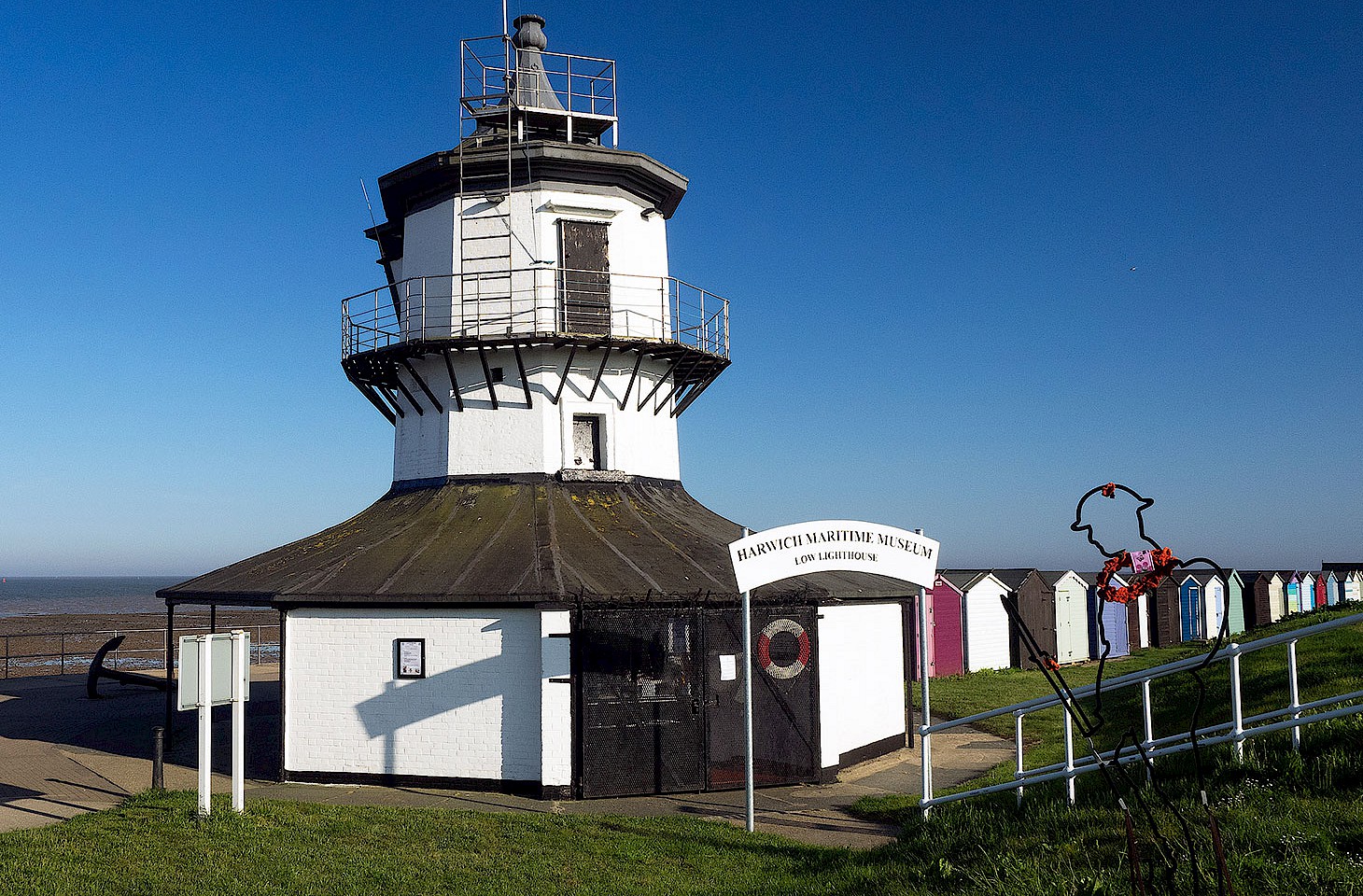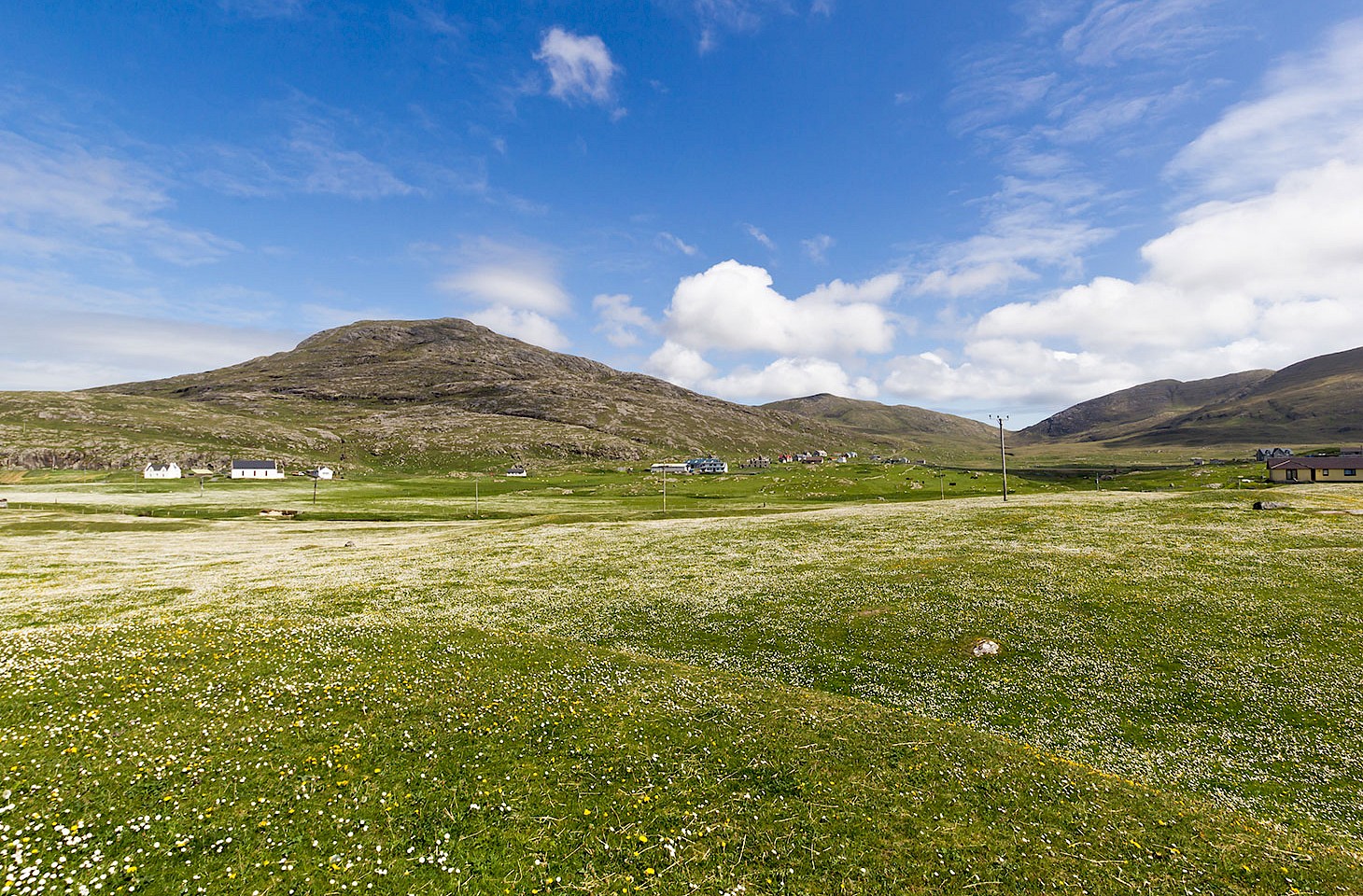It may come as a surprise to discover that, even today, there are many communities in Great Britain that are simply inaccessible by car. We think here not of offshore islands, wee specks of land that depend on ferries to the mainland to sustain the business of everyday life. For even on the British mainland, there are isolated farms and even entire communities that may be many hours walk from the nearest road. Last year, we reported from Corrour (Scotland) and Berney Arms (England), isolated outposts which both have their own railway stations but no obvious access to the UK road network.
In the Highlands of Scotland, and particularly on the west coast, there are communities large and small that exist in splendid isolation - real sanctuaries where life's opportunities are not defined by the motor car. Take Achnanellan, a former sheep farm on Loch Shiel, where for the last dozen years Charlie and Christine Mead have run a centre for troubled kids - teenage boys from Scotland's cities who have run off the rails. Tourists who on summer Wednesdays take the boat from Glenfinnan down to Acharacle might catch a glimpse of Achnanellan, a sturdy cluster of buildings under the shadow of Beinn Resipol on the south side of the loch.




